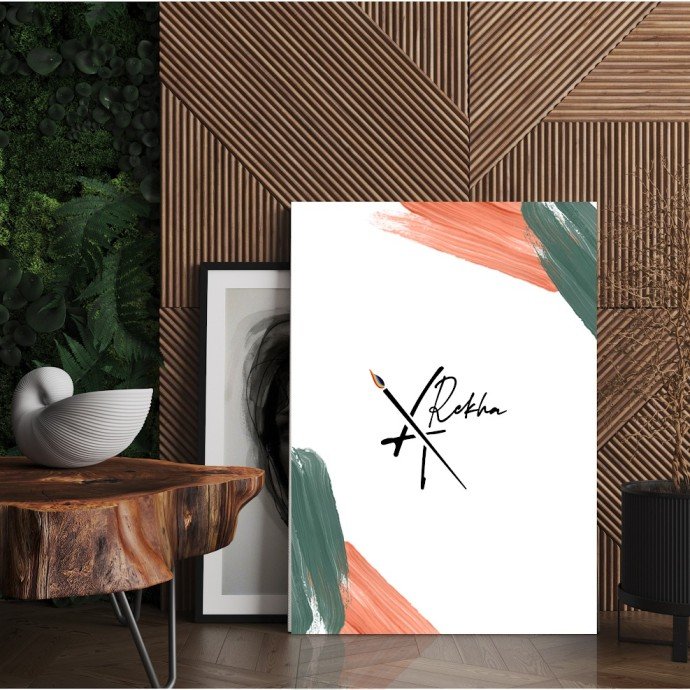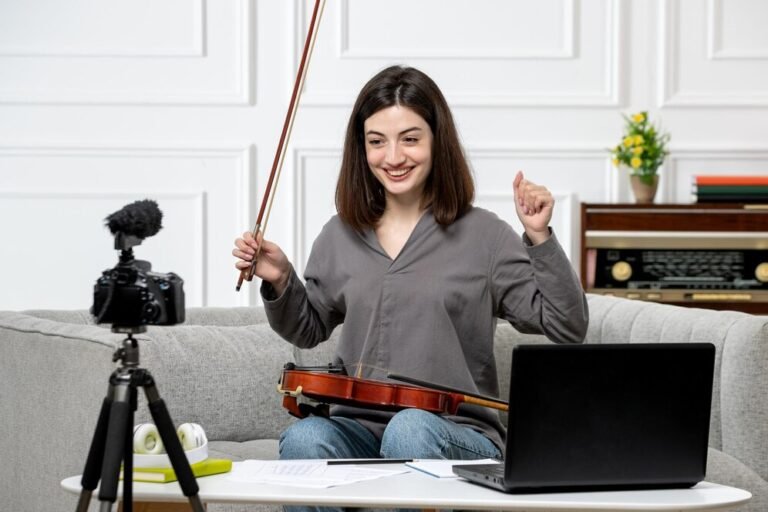Explore the World of Abstract Paintings: A Visual Journey
Abstract paintings have long captivated art lovers and casual viewers alike, inviting them into a realm where colors, shapes, and forms converge to evoke emotions and provoke thought. This genre of art, which departs from traditional representation, challenges our perceptions and invites us to interpret the world in new ways. In this article, we will explore the evolution of abstract art, its key characteristics, and the profound impact it has on both artists and audiences.
The Origins of Abstract Art
Abstract art, as we know it today, emerged in the early 20th century. While artists throughout history experimented with abstraction—think of the symbolic use of color in Impressionism or the stylization in ancient art—it was not until the works of pioneers like Wassily Kandinsky, Piet Mondrian, and Kazimir Malevich that abstract art took center stage.
Early Influences
The roots of abstract art can be traced back to various movements that emphasized individual expression and the emotional impact of color and form. The Impressionists focused on capturing light and movement, while the Post-Impressionists, like Vincent van Gogh and Paul Cézanne, experimented with color and structure. These explorations laid the groundwork for more radical departures from realism.
Kandinsky, often regarded as the father of abstract art, believed that art should express the artist’s inner feelings rather than depict the external world. His works, filled with vibrant colors and dynamic forms, aimed to evoke emotions and create a sense of harmony. Similarly, Mondrian’s geometric compositions, characterized by straight lines and primary colors, sought to reflect a universal order and beauty.
The Birth of Abstract Expressionism
By the mid-20th century, the Abstract Expressionism movement emerged, primarily in New York City. Artists like Jackson Pollock, Mark Rothko, and Barnett Newman pushed the boundaries of abstraction further, focusing on spontaneity and emotional depth. Pollock’s drip paintings, which featured layered paint in chaotic patterns, embodied the act of creation itself, while Rothko’s large canvases with soft, luminous color fields sought to evoke contemplation and spirituality.
Key Characteristics of Abstract Paintings
Abstract paintings are defined by several key characteristics that set them apart from representational art. Understanding these elements can enhance our appreciation of this genre.
1. Non-Representation
At the core of abstract art is the rejection of direct representation. Instead of depicting recognizable objects or figures, abstract artists use shapes, colors, and forms to convey emotions and ideas. This non-representational approach encourages viewers to engage with the artwork on a personal level, interpreting its meaning based on their own experiences.
2. Emphasis on Color and Form
Color plays a pivotal role in abstract art, often serving as the primary means of expression. Artists utilize color to evoke feelings, create tension, or establish harmony. The interplay of form—whether geometric, organic, or gestural—adds another layer of meaning. For example, sharp angles may convey aggression, while soft curves might evoke calmness.
3. Emotional Impact
Abstract paintings often aim to elicit an emotional response rather than convey a specific narrative. This emotional depth can create a powerful connection between the artwork and the viewer, allowing for introspection and personal reflection. The ambiguity inherent in abstract art invites viewers to explore their feelings and interpretations, making each encounter a unique experience.
4. Spontaneity and Process
Many abstract artists embrace spontaneity in their creative process. Techniques like pouring, dripping, and layering paint encourage unpredictability, allowing the artwork to evolve organically. This emphasis on process aligns with the belief that the act of creating is as significant as the finished product, reflecting the artist’s journey and emotional state.
The Role of Abstract Art in Contemporary Culture
In today’s fast-paced, visually-oriented world, abstract art continues to hold significant relevance. Its influence can be seen across various fields, from interior design to fashion and digital media. Here are some ways abstract art impacts contemporary culture:
1. Interior Design and Aesthetics
Abstract paintings are a popular choice for home and office decor. Their versatility allows them to complement a wide range of design styles, from minimalist to eclectic. Abstract art can serve as a focal point in a room, enhancing the overall aesthetic and inviting conversation. The bold colors and dynamic forms of abstract pieces can also influence mood, creating an atmosphere that inspires creativity and relaxation.
2. Expression of Identity
For many artists, abstract art serves as a means of exploring and expressing their identities. By breaking free from traditional representation, they can convey their thoughts, emotions, and cultural backgrounds. This exploration often leads to diverse interpretations, enriching the art world with a multitude of perspectives. In this way, abstract art becomes a powerful tool for self-expression and connection.
3. Digital Art and Technology
With the rise of digital technology, abstract art has found new avenues for exploration. Artists now use software to create intricate digital compositions, experimenting with form and color in ways that traditional media might not allow. This evolution has expanded the boundaries of abstraction, attracting new audiences and inspiring innovative approaches to art-making.
4. Art Therapy
The emotional impact of abstract art has also made it a valuable tool in therapeutic settings. Art therapy programs utilize abstraction to help individuals express feelings that may be difficult to articulate verbally. By engaging with abstract forms and colors, participants can explore their emotions, find healing, and gain insights into their experiences. This therapeutic aspect underscores the universal language of art.
Conclusion
The world of abstract paintings is a rich tapestry of emotion, exploration, and interpretation. From its early origins to its contemporary relevance, abstract art continues to challenge perceptions and invite dialogue. By emphasizing color, form, and emotional depth, it offers a unique lens through which to explore our inner lives and the complexities of the world around us.
As we navigate our visual journey through abstract art, we are reminded of the power of creativity and the importance of individual interpretation. Each painting becomes an invitation to engage, reflect, and connect—transforming the act of viewing into a deeply personal experience. Whether you are an artist or an admirer, the world of abstract paintings holds endless possibilities for exploration and discovery.






